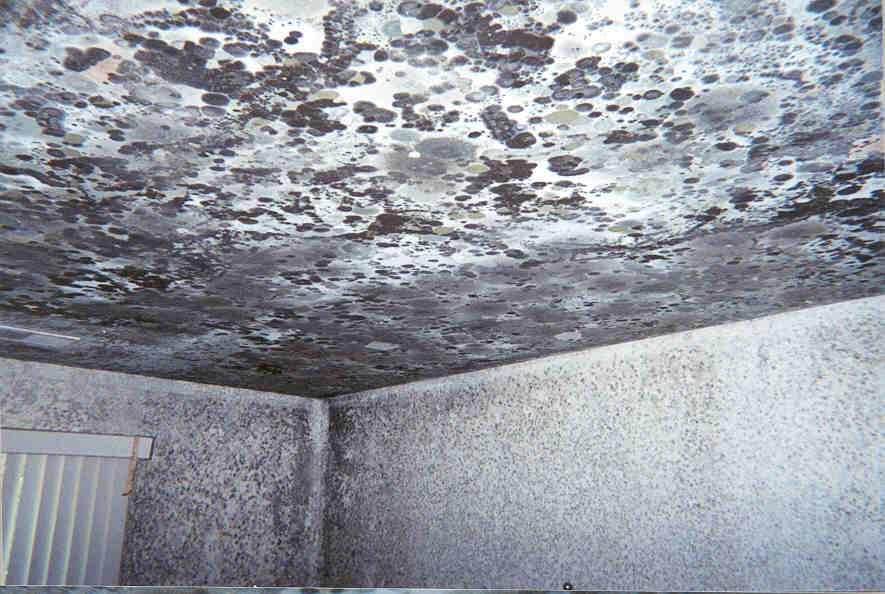
Mold spores are everywhere, and given the right environment, they will develop to cause damage and create health hazards. If you spot the signs of mold in your building, you need to act fast and call for mold remediation and containment to stop the spread. URI is one of the most established commercial mold remediation companies in the business, with over two decades of experience providing comprehensive commercial mold remediation.
Mold develops when microscopic spores come into contact with moisture. The spores flourish and expand, consuming organic material and spreading across your surfaces. In most cases, mold grows in areas affected by a water leak or moisture intrusion from the outside. After taking hold, mold growth produces new spores, spreading further through the building and creating other concerns.
Mold comes in many types, and all have the potential to cause adverse health effects. The sooner you can spot the signs of mold in your building, the faster you can ensure a healthy working environment and protect your property from damage. To tell if your building has mold, look for:
At URI, we work alongside certified industrial hygienists for advanced assistance with testing, damage assessments and developing our mold and mildew removal strategy. Our mold and mildew and restoration processes include:
We use a three-phase approach for mold removal and remediation. Regardless of the extent of damage, URI restoration experts:

The best way to prevent mold in your building is to keep your moisture levels down and eliminate standing water. Water leaks, flooding and unattended spills all contribute to mold growth. If your humidity is high, use a dehumidifier to reduce it to below 60%. If you see water stains, bowed walls, peeling paint or any of the other signs of water damage, visit our water damage restoration page to learn more and schedule a rapid service.